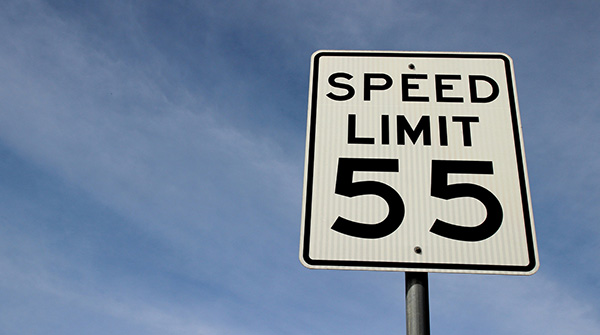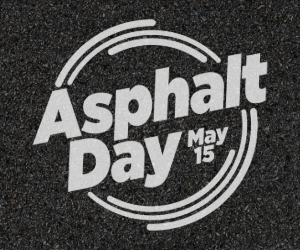I think I established this in a previous Lab Corner column, but I am rarely willing to drive much over the speed limit. I was stopped once on the highway going some unknown speed with the radio playing loudly. Unfortunately, Sammy Hagar was on and my cruise control was not. The police were looking for bigger fish that day, so I was thrown back with a warning. Although I have never heard it confirmed by any law enforcement officer, I have heard tell of a maxim that some are said to follow regarding speeding: Nine you’re fine; ten you’re mine. In other words, you can have some leeway above the speed limit (9 miles per hour (MPH)) but once you are 10 MPH over then you will get ticketed.
That got me to thinking; that guidance can’t hold in all situations, can it? It seems like going 9 MPH over on an interstate posted at 70 MPH can’t be the same as going 9 MPH over in a neighborhood. In one case you’re traveling at 136 percent of the speed limit; in the other at 113 percent. It would seem that the percentage over the speed limit might be more important to know than the actual value. It’s a different metric, but maybe it’s a better one.
Along those same lines, when trying to understand the variability of test results, using the right metric is important.
Many people know and at least conceptually understand standard deviation, even if they can’t rattle off the equation. Standard deviation is the variability in a set of data. It may be designated as “1s” in a test method with “s” representing the Greek letter “sigma”. While it is important, in comparing data between two tests – whether it is two labs or two samples – what you really want is something called the “difference two sigma” limit, or “d2s.” It is approximately 2.8 times larger than 1s and represents the acceptable range that two results can differ and still be considered to be from the same population. What does that mean in simpler terms? Two results within the d2s limit are equally valid as a consequence of normal testing variability and can be averaged together to get a single “result.”
(BTW…I don’t know that the explanation was any simpler, but understanding variability is sometimes not easy.)
Often, the variability we see in a test is dependent on the result itself. For example, a test for stiffness might show that the magnitude of variability increases as the measured stiffness value increases. In these cases, the right metric to use is the coefficient of variation, abbreviated as COV or more commonly as “1s%”, and the “difference two sigma” version of the coefficient of variation, or “d2s%”, calculated as approximately 2.8 times the 1s% value.
In many cases in asphalt testing, the d2s% is the most appropriate metric for gauging variability and whether your result makes sense with another lab testing the same material (called multi-lab or between-lab variability) or another test in your lab on the same sample (called single-operator or within-lab variability.) The d2s% is the right metric for the DSR parameters like G*, G*/sin δ, and G*sin δ. It is the right metric for BBR Stiffness.
The d2s% is not, however, the right metric for a calculated value like Delta Tc (ΔTc) that is typically closer to zero in many cases. Consider three test results that generate calculated Delta Tc values of 0.1, 1.1, and -0.9. The standard deviation is 1.0 (subject to statisticians arguing whether it is a “sample” standard deviation or “whole population” standard deviation). The average is 0.1, making the 1s% equal to 1000%. The d2s% would be approximately 2800%. That is an unbelievably high variability for a parameter that relies on fairly reproducible values from the BBR. In this case, the 1s and d2s would be the right metrics for Delta Tc. Variability can then be better understood and used to compare data with and between labs.
In statistical analysis of test data and in traffic enforcement, using the right metric is important. Having stated that, I will admit that “Nine, you’re fine. Ten you’re mine.” is a lot more readily understood by the driving public than “13% above the speed limit is acceptable. 14% will get you a ticket.”…even if it is more correct.
For questions or more information on the research, testing, and training services provided by the Asphalt Institute Laboratory, please contact Wes Cooper or me . We’ll speed to the response…keeping within all legal limits, of course.
Mike Anderson is the Director of Research and Laboratory Services at the Asphalt Institute.














